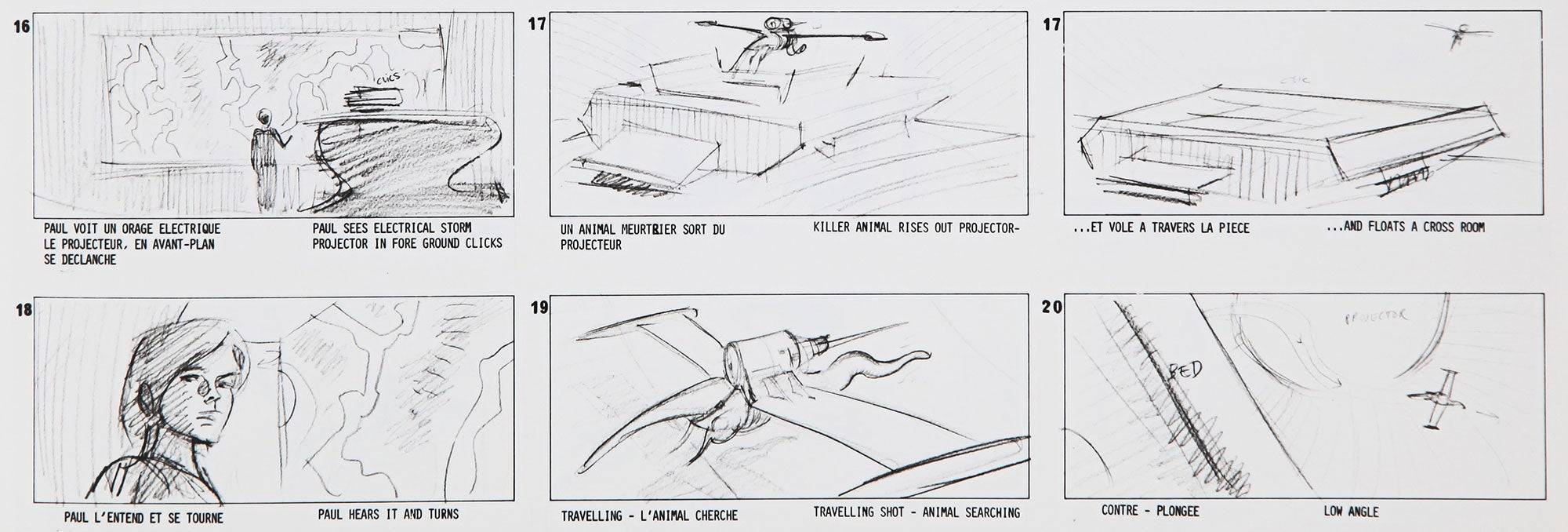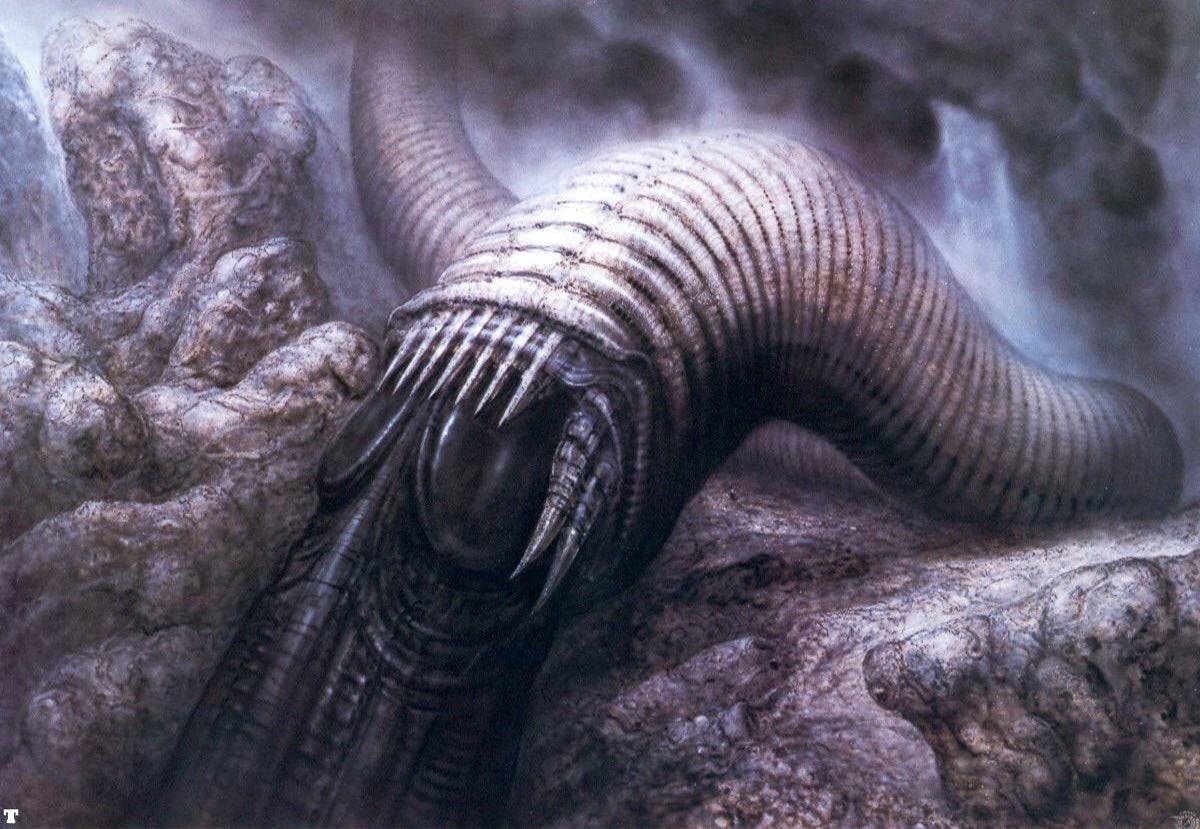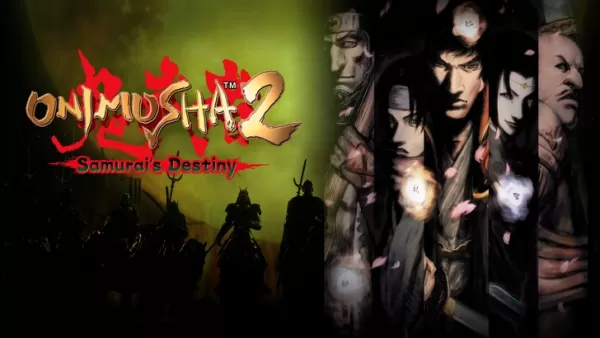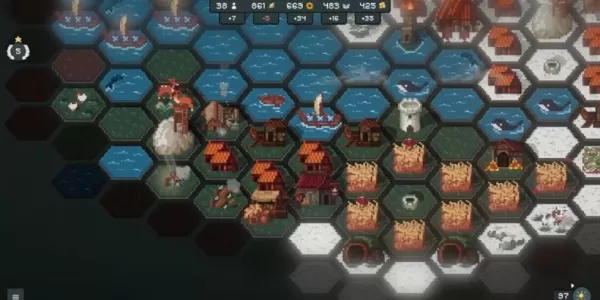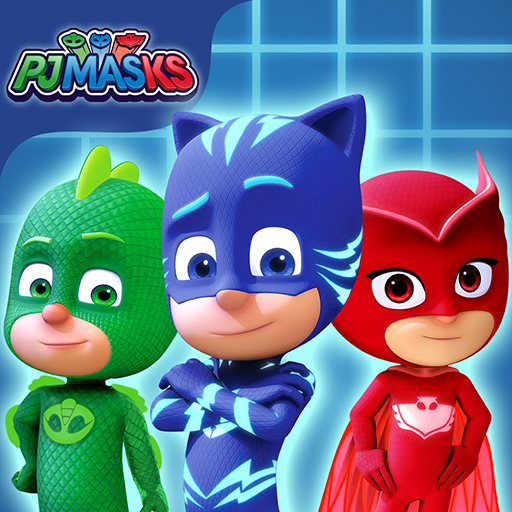Ridley Scott's Lost Dune: A 40-Year-Old Script Unearthed
This week marks four decades since David Lynch's Dune premiered. Initially a box office disappointment, it's since cultivated a devoted cult following. This stands in stark contrast to Denis Villeneuve's recent big-screen adaptation of Frank Herbert's classic novel. Ridley Scott's involvement in the project, before Lynch took the helm, remains largely unknown – until now.
A 133-page draft of Scott's abandoned Dune, penned by Rudy Wurlitzer in October 1980, has been discovered. This script, unearthed from the Coleman Luck archives at Wheaton College, offers a glimpse into a radically different vision of Arrakis.
Following the success of Alien, Scott inherited a two-part screenplay by Herbert himself – overly faithful to the source material and lacking cinematic flow. Scott selected a handful of scenes but ultimately commissioned Wurlitzer for a complete rewrite. This version, like Herbert's and Villeneuve's, was envisioned as the first part of a two-film saga.
Wurlitzer described the adaptation as a challenging undertaking, stating that structuring the narrative consumed more time than writing the script itself. He aimed to capture the novel's essence while infusing it with a unique sensibility. Scott himself later described the script as "pretty fucking good."
Several factors contributed to the project's collapse: the death of Scott's brother, his reluctance to film in Mexico (De Laurentiis's demand), a ballooning budget exceeding $50 million, and the allure of Universal's Blade Runner project. However, Universal executive Thom Mount highlighted a key issue: the script lacked unanimous studio support.
Was Wurlitzer's adaptation a cinematic failure, or simply too dark, violent, and politically charged for a mainstream release? A detailed analysis of the script allows for independent judgment.
A Different Paul Atreides
The script opens with a dream sequence depicting apocalyptic armies, foreshadowing Paul's destiny. Scott's signature visual density is evident in descriptions like "birds and insects becoming a whirling hysteria of motion." The young Paul, a seven-year-old with long blonde hair, is far from Timothée Chalamet's portrayal. He undergoes a trial by pain, his Litany Against Fear intercut with his mother's, showcasing their psychic bond. While burning flesh imagery echoes Lynch's version, it's presented differently.
This Paul is more assertive, proactively taking charge. A flash-forward depicts his transformation from a child to a masterful swordsman surpassing Duncan Idaho. This contrasts with Lynch's portrayal, where Paul's vulnerability adds tension.
The Emperor's Demise and Political Intrigue
The script introduces a pivotal twist: the Emperor's death. This event, absent from the novel, serves as the catalyst for the ensuing conflict. The Emperor's death is revealed in a mystical scene within the Emperor's Inner Kingdom, where the Great Houses gather to mourn. The deceased Emperor, speaking through a medium, bestows Arrakis upon Duke Leto. This sets the stage for the Baron Harkonnen's machinations and his attempt to negotiate spice production with Leto, which is ultimately rejected. A key line, almost identical to a famous line from Lynch's film, underscores the importance of spice: "Who controls Dune controls the Spice, and who controls the Spice controls the Universe."
The Guild Navigator and Arrakis
The script depicts the Guild Navigator as an elongated, humanoid creature floating in a transparent container, foreshadowing elements of Scott's later film, Prometheus. The family's arrival on Arrakis reveals a medieval aesthetic, emphasizing swords, feudal customs, and class disparity. Liet Kynes introduces his daughter Chani, and their ornithopter flight through a factory ship echoes the dystopian landscapes of Blade Runner. The scene also introduces Shadout Mapes, with three breasts. The streets of Arakeen are portrayed as squalid, highlighting the stark contrast between the wealthy and the impoverished.
A new action sequence depicts Paul and Duncan engaging in a bar fight, showcasing Paul's combat skills early on. This encounter leads them to Stilgar, who decapitates a Harkonnen agent. Jessica's meditation scene highlights her Bene Gesserit abilities, and the script explicitly depicts the conception of Alia.
Desert Escape and Confrontation
Paul and Jessica's desert escape is intense, with a dramatic crash landing. They encounter a massive sandworm, and Paul faces it without fear. The script omits the mother-son incest from earlier drafts. They find refuge in a cave within a giant worm carcass, where they encounter Fremen warriors. Paul duels Jamis, and Jessica provides him with advice and the crysknife. Paul's victory leads to his acceptance by the Fremen. The script introduces Chani as Jamis's wife, and she accepts Paul as her new mate.
A Water of Life ceremony, featuring a shaman with three breasts and a sandworm, marks a pivotal moment. Jessica drinks the Water of Life, becoming the new Reverend Mother. The script concludes with Paul, Jessica, and Chani standing before the Fremen as a new royal family, setting the stage for future conflicts.
A Bold, Controversial Vision
Scott and Wurlitzer's Dune deviates significantly from Herbert's work, emphasizing ecological concerns, political intrigue, and the dangers of charismatic leadership. The script's adult themes and violence likely contributed to its rejection. While the script's unique approach may not have satisfied all fans, it offers a fascinating glimpse into an alternative cinematic interpretation of Frank Herbert's epic saga, one that prioritized ecological and political themes alongside the spiritual. The script's dark and mature tone, along with its significant deviations from the novel, likely contributed to its ultimate rejection. However, it remains a testament to a bold and ambitious vision for a science fiction epic. The script's legacy includes H.R. Giger's sandworm design and the influence of its themes on later works.

